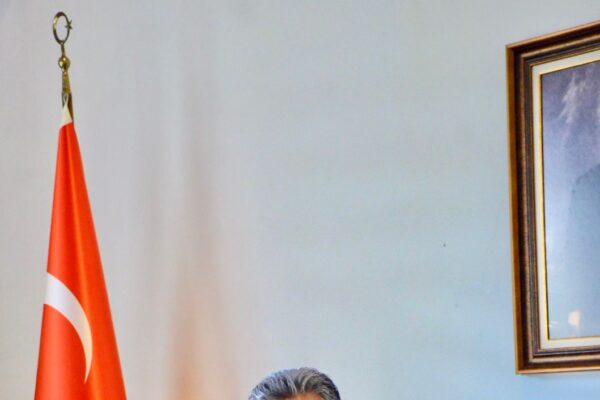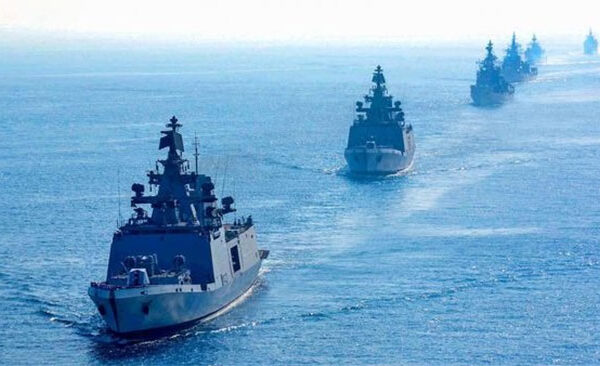Linguistically, Iran means the land of Aryans, the eastern branch of Indo-Europeans. A group of Aryans (or Indo-Iranians) who migrated to the Iranian plateau around 2000 BCE from Central Asia, are thought to be the direct ancestors of modern Iranians. This has encouraged many historians to start the history of Iran from the Aryan migrations or the establishment of the first Aryan political power, the Achaemenid Empire. At the same time, it is true that long before the influx of Aryans into Iran, different peoples with established civilizations and kingdoms inhabited the country.
These dynasties that deteriorated before the arrival of the Aryans or were defeated by them had an extensive system of international trade and relations with other civilizations of their time, as far west as Egypt and maybe Southern Europe and to China in the east. In 6th century BC Cyrus the Great founded the Persian Empire, which was destroyed in 330 BC by Alexander the Great.
In the following centuries, Persia was ruled by Greeks, Parthians, and Sasanian Empire until the Arab invasion in the middle 7th century when the ancient Persian religion of Zoroastrianism gave way to Islam. Four centuries later, in the 11th century, The Seljuk Turks arrived, followed by the Mongols under Genghis Khan and his grandson Hulagu Khan in the 13th century and Tamerlane (Timur) in the 14th century.
Another Turkish dynasty, called Safavid Empire, took control in the 16th century. Safavids belonged to a Sufi religious order and made Shiite Islam the official religion of Iran, undertaking a major conversion campaign of Iranian Muslims. The Safavid dynasty reached its height during the reign of Shah Abbas I (1587-I629). It was during his reign that Persia once again came to be known in Europe as a superpower, because it was the greatest opponent of the Ottomans, and their wars saved Europe, the Ottomans being too occupied on the east fighting Iran to make headway in the west. In 18th-19th century under Qajar dynasty, centuries Iran fall under the increasing pressure of European nations, particularly the Russian Empire and the Great Britain. The discovery of oil in early 1900s intensified the rivalry of the Great Britain and Russia for power over the nation.
After the First World War, Iran was admitted to the United Nations as an original member. In 1921 Reza Khan, an army officer, established a military dictatorship. He was subsequently elected hereditary Shah, thus ending the Qajar dynasty and founding the new Pahlavi dynasty. Pahlavi dynasty as military dictatorship was overthrown by the revolution of the Iranian people in 1979 and the Islamic Republic of Iran was established as a democratic system.
Persian Cuisine
Persian Cuisine or Iranian Food is one of the world’s finest. The foundation of most Persian dishes is rice, meat, and salad, often served with a side of fresh herbs, cheese and yogurt. While traveling to Iran, you will be welcomed by a wide range of delicious delights including some of the most popular Iranian dishes such as Kebabs, Caviar, Pickles, Smoked fish, Sambooseh, Falafel, Shrimp, Ash. Saffron ice cream which blink at you!
Just take a look at the vast map and geography of Iran, you will find out where the origin of this unique variety is! The existence of several different climates adds to the variety of Iranian cuisine. In addition, the Achaemenid and Persian Empire once encompassed the entire territory of the present state of Iran and its neighbouring countries, and day by day more lands were seized. Also the great and important Silk Road passed through Iran, as a result many other people from different nationalities passed through this country. Together, these facts have influenced Iranians to create a rich and unique food culture.
Of these, the most important element is arguably rice called Polow or Chelo in Farsi. It is believed that rice was brought to Iran from the Indian subcontinent, about 4000 years ago
Varieties of rice in Persian cuisine are mainly produced in the Caspian region. Basmati rice from India and Pakistan is very similar to these Persian varieties and is also available in Iran – of course cheaper! The varieties of rice most valued in Persian cuisine are prized for their aroma and typically judged by their shape, size and flavour. A Saffron infusion can be poured over the rice to give a distinctive golden colour and taste. The second important thing in Persian cuisine is Kebab. Different types of Kebabs can be found in almost all restaurants but don’t expect non-Halal types of meat like pork that Islam forbids. They’re not available in Iranian restaurants.
Famous Iranian Dishes
Today, food is a big deal for Iranians. Family gatherings often involve multiple hot and cold dishes, never-ending amounts of rice and plenty of encouragement to keep eating more. The origins of Persian cuisine is a bit complex – due to Iranian history of over 2,000 years. The Persian Empire once stretched from India to Greece, since then, Iranian cuisine has been influenced by various nations throughout the vast empire. Neighbours such as Greeks, Romans, Arabs, Russians and Turks also influenced it.
Are you Keen to try the basics of Persian (Iranian) cuisine? We take you through some of the most popular dishes of Iran: Fesenjan stew, Khoresh Bademjan (Eggplant stew), Baghala Polow (Fava Bean Rice), Zereshk Polo (Barberry Rice), Ghormeh Sabzi (Vegetable stew), Aash Reshteh (Noodle & Vegetable Soup), Tah Dig (Rice Crisp), Kebabs (Lamb, Beef, Chicken), Tahchin – e Morgh (The Iranian Rice Cake), Dizi.

Culture of Iran
The culture of Iran is a mix of ancient pre-Islamic and Islamic cultures one and is one of the most influential cultures in the middle east, central Asia and the whole world.
Iran is considered as one of the cradles of civilization, and due to its dominant geo-political position and rich history in the world, has had a significant impact on the world through art, architecture, poetry, science and has heavily influenced cultures and peoples as far away as Italy, Macedonia, and Greece to the West, Russia and Eastern Europe to the North, the Arabian Peninsula to the South, and the Indian subcontinent and East Asia to the East.
Iranian culture has passed through the centuries of experience of knowledge, wisdom, traditions and customs. The people of Iran have been the builders and protectors of their culture throughout the history of their homeland, which has one of the oldest and longest lasting civilizations.
Many nations of the world have presented or imposed their own culture on the inhabitants of other lands by invading them, but history shows that those who invaded Iran, such as – the Greeks and the Mongols -were influenced by Iranian culture.
The Sassanid and Achemenid Era were very important and influential historical periods in Iran as Iranian culture influenced China, India and Roman civilization considerably, and so influenced as far as Western Europe and Africa. This influence played a prominent role in the formation of both Asiatic and European medieval art. This influence carried forward to the Islamic world. Much of what later became known as Islamic learning, such as philology, literature, jurisprudence, philosophy, medicine, architecture and the sciences were based on some of the practices taken from the Sassanid Persians to the broader Muslim world.



















